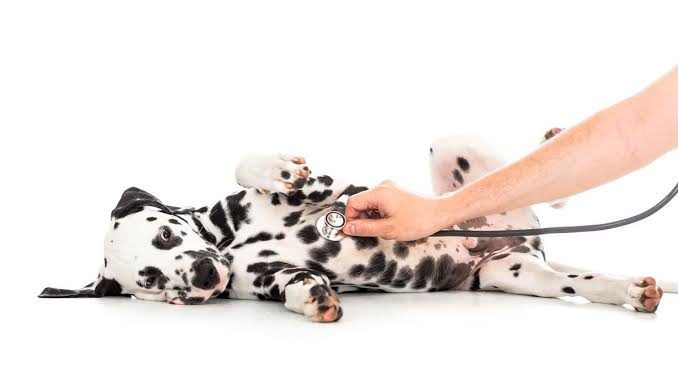A pet health insurance policy that includes a wellness plan will typically help to cover the costs of routine veterinary visits, such as exams and preventive care. Pet wellness plans, sometimes called routine pet coverage or preventative pet care plan may be optional on your pet insurance policy. Typically, you pay a premium for the plan, and your insurer helps to reimburse you for costs associated with routine vet visits, such as physical exams or vaccines.
What Do Pet Wellness Plans Cover?
Here are some services that may be covered by a pet wellness plan:
- Routine physical exams (such as an annual checkup)
- Flea and heartworm prevention
- Vaccinations
- Some insurers may offer wellness plans that come in tiers with varying coverage levels (and your premium might be higher if you choose more coverage). A higher-tiered wellness plan sometimes provides coverage for dental care or preventive surgeries, such as spaying or neutering.
In addition to pet wellness plans, traditional pet insurance policies also offer other types of coverage, such as:
- Basic coverage also referred to as standard pet health insurance, which may help pay for medical care after accidental injuries or illnesses.
- Comprehensive coverage, which may help cover costs for vet visits, prescriptions, X-rays, and lab fees, in addition to expenses related to accidental injuries and illnesses.
- Read your pet insurance policy carefully or check with your insurer to understand what’s covered by your pet’s insurance plan.
What is Not Covered By a Pet Wellness Plan?
Your pet insurance policy may list specific exclusions or things not covered in your plan; some of these may include:
- Treatment for pre-existing medical conditions
- Care related to pregnancy and/or birth
- Grooming and claw/nail trimming
Depending on your insurance company, coverage restrictions may also apply for hereditary conditions such as hip dysplasia and that some providers may have age limits for coverage. It is best to thoroughly read your pet insurance policy documents or check with your insurer to be fully aware of what kinds of treatment and conditions are (and isn’t) covered. You should also keep in mind that there is usually a 30-day waiting period before your pet insurance takes effect and is activated. This means that any accidents or illnesses that occur before the waiting period will not be eligible for reimbursement.
Another thing to take note of is how most insurers only offer wellness plans for cats and dogs. You should check to see what coverage is available if you have a different type of pet, such as a bird, rabbit, or reptile. If you’re interested in exploring pet insurance coverage options, visit the FindReviews best pet insurance page. It will help you determine the best coverage for your pet, as well as give you options should you have a pet other than a cat or dog.
